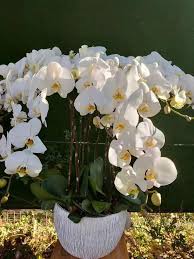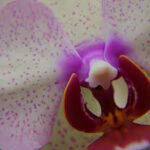Money Cat: A Pawsitively Artistic Journey Through History and Art Styles
Exploring the Historical Significance and Artistic Styles of Money Cat:

In the rich tapestry of art history and various artistic styles, Money Cat emerges as a symbol with a storied past, inspiring artists across different periods and movements. This article delves into the historical significance of Money Cat and its diverse expressions through various art styles.
1. Ancient Origins and Cultural Symbolism:
Money Cat traces its roots to ancient cultures, where feline symbolism was intertwined with prosperity beliefs. In regions like China and Japan, the cat, particularly the beckoning gesture, became a harbinger of good fortune, setting the foundation for Money Cat’s enduring cultural significance.
2. Traditional Asian Art:
In traditional Asian art, Money Cat features prominently in paintings, scrolls, and decorative arts. Artists employ classical techniques such as ink wash painting and calligraphy to depict the feline figure. Traditional Asian art styles showcase Money Cat as a cultural motif deeply embedded in the artistic heritage of the East.
3. Renaissance Representations:
During the Renaissance, European artists discovered and drew inspiration from Eastern art and symbolism. Money Cat made its way into the works of Renaissance painters, who incorporated the feline figure into their compositions, blending Eastern and Western artistic influences.
4. Rococo Elegance:
The Rococo period embraced ornate and playful elements in art. Money Cat found its place in Rococo paintings and decorative arts, adorned with intricate details and luxurious surroundings. The feline figure became a whimsical addition, adding charm to the opulence of Rococo aesthetics.
5. Ukiyo-e Woodblock Prints:
Ukiyo-e, a genre of Japanese woodblock prints, celebrated everyday life and popular culture. Money Cat became a popular subject in Ukiyo-e prints, reflecting its cultural ubiquity and connection to the daily lives of the people. The prints depicted the feline figure in various playful and prosperous scenarios.
6. Modern and Cubist Explorations:
As art entered the modern era, Money Cat became a subject of exploration for modernist and cubist artists. The feline figure’s form was deconstructed and reimagined through avant-garde lenses, reflecting the dynamism and experimentation of 20th-century art movements.
7. Contemporary Expressions:
In contemporary art, Money Cat continues to evolve in diverse stylistic expressions. Artists draw inspiration from traditional roots while exploring new mediums and techniques. Pop art, street art, and digital art showcase the adaptability of Money Cat in reflecting contemporary cultural narratives.
8. Global Street Art Movements:
Money Cat’s imagery adorns urban landscapes in street art movements worldwide. Street artists, influenced by graffiti and mural traditions, use the feline figure to engage with communities and create public art that blends cultural symbolism with the dynamic energy of the streets.
Conclusion:
Money Cat’s journey through art history and various styles is a testament to its timeless appeal and cultural significance. From traditional Asian art to modern and contemporary expressions, the feline figure continues to captivate artists and audiences alike. In its artistic evolution, Money Cat becomes not just a symbol of prosperity but a dynamic muse that transcends cultural boundaries, weaving its way through the diverse threads of art history and style.

